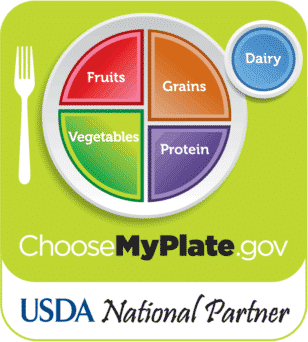Selecting beverages for your children can be tricky. What should they be drinking and how much should they drink? Dr. Lisa Thornton, pediatrician and mother, breaks down new juice guidelines from the American Academy of Pediatrics (AAP) on juice serving size and answers questions about 100 percent juice in the diet.
My kids like to drink juice, but I don’t know how much to serve them. Do you have any suggestions?
Like the whole fruit it is squeezed from, 100 percent juice is both delicious and nutritious. It is filled with important vitamins and minerals like potassium, folate and vitamin C, which make it a great beverage to serve your children. A serving of 100 percent juice is also a good option to help children meet their daily fruit serving recommendations.
In regards to portion size, follow the guidelines from the American Academy of Pediatrics (AAP). Children ages 1-3 can have up to 4 ounces of juice a day, kids ages 4-6 can drink up to 6 ounces a day and children 7 and older can have up to 8 ounces per day. These new guidelines were put into place to help parents manage their children’s intake.
Should I be worried about juice and weight gain?
Balance is the key to good health for people of all ages, from age 1 to 100. Guidelines and recommendations are put into place by experts at the American Academy of Pediatrics and the United States Department of Agriculture (USDA) to help guide you to make the best decisions about the foods and beverages you serve to your family.
Scientific studies that analyzed the juice consumption of children and adults found that when juice is consumed in appropriate amounts, there is no association between drinking juice and obesity. If you are worried about the impact of individual foods on your child’s weight, consult with a professional, such as a nutritionist or pediatrician.
Does drinking juice impact fruit consumption? I’m concerned that if I serve my children juice, they will be less likely to eat fruit.
Actually, nutrition research shows just the opposite. Children who drink juice tend to have overall better quality diets than those who do not drink juice. This means they eat more whole fruit, less saturated fats and have less added sugar in their diet.
Drinking juice shouldn’t replace eating whole fruit in the diet; it should complement it. According to the U.S. Dietary Guidelines, 100 percent juice is part of the fruit group, which consists of all forms of fruit — fresh, frozen, canned, dried and 100 percent juice. More than 75 percent of Americans do not eat the recommended amount of fruit; one serving of fruit juice can help to supplement your family’s intake.
Making decisions about what to feed your family shouldn’t be stressful or difficult. Consult with your physician, pediatrician or nutritionist if you are confused about what foods and beverages you should be serving your loved ones. For more information on including 100 percent in a healthy diet, visit our Latest Research.





